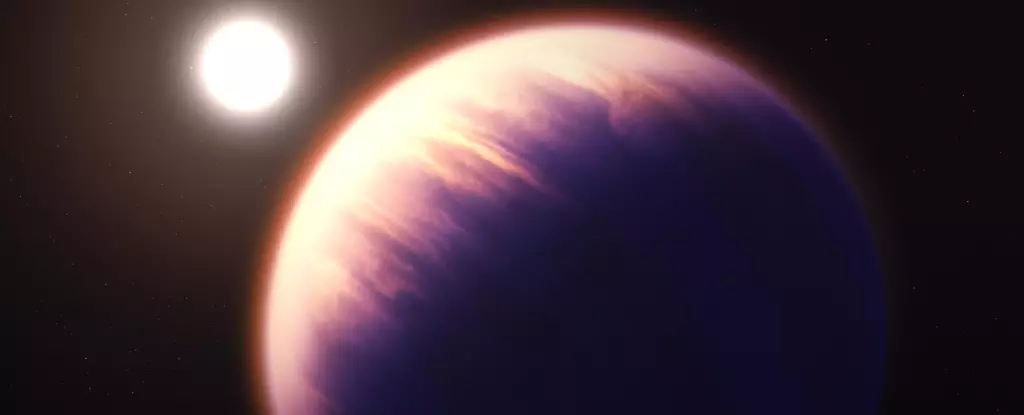The discovery of the exoplanet WASP-193b, located 1,232 light-years away, has left astronomers scratching their heads. Known for its peculiar characteristics, this planet is nearly 50 percent larger than Jupiter but has a density comparable to cotton candy. With a density that is just over 1 percent of Earth’s, WASP-193b is truly a unique world in the vast expanse of space.
WASP-193b, described by astronomer Khalid Barkaoui as the second least dense planet ever discovered, poses a significant challenge to our understanding of planetary evolution. The extremely low density of this exoplanet defies standard models and raises questions about its formation and composition. While rare, exoplanets like WASP-193b provide valuable insights into the diverse nature of planetary systems beyond our own.
Studying exotic worlds such as WASP-193b offers a glimpse into the mysteries of planetary formation and evolution. Gas giants like this peculiar exoplanet, which orbit close to their host stars, serve as crucial tools for understanding the complex processes that shape planetary systems. The proximity of WASP-193b to its Sun-like star offers a unique opportunity to explore the boundaries of what we know about planetary science.
With an orbit that lasts only 6.25 days, WASP-193b moves at an extreme pace around its parent star. This rapid orbit, coupled with its large size and low mass, presents a puzzling scenario that challenges existing planetary models. The researchers behind the discovery have calculated the exoplanet’s density to be a mere 0.059 grams per cubic centimeter, a value that defies conventional expectations.
Comparisons to cotton candy highlight the ethereal nature of WASP-193b, which is described as “super fluffy” by experts. The unique composition and density of this exoplanet raise questions about its longevity and stability over billions of years. While proximity to a star can explain its light and airy characteristics, the specific mechanisms that have shaped WASP-193b remain a mystery.
As scientists continue to ponder the origins of WASP-193b, new technologies like the James Webb Space Telescope offer hope for solving this cosmic puzzle. By conducting detailed observations and refining theoretical models, researchers aim to shed light on the enigmatic nature of this distant world. The discovery of WASP-193b serves as a reminder of the vast diversity present in our universe and the endless possibilities that await exploration.
By delving into the strange and fascinating realm of exoplanets like WASP-193b, astronomers push the boundaries of our understanding of planetary science. As we unravel the mysteries of these distant worlds, we gain valuable insights into the processes that govern the formation and evolution of planets across the cosmos. The discovery of WASP-193b stands as a testament to the inherent complexity and beauty of the universe, inviting us to continue our exploration of the unknown.


Leave a Reply